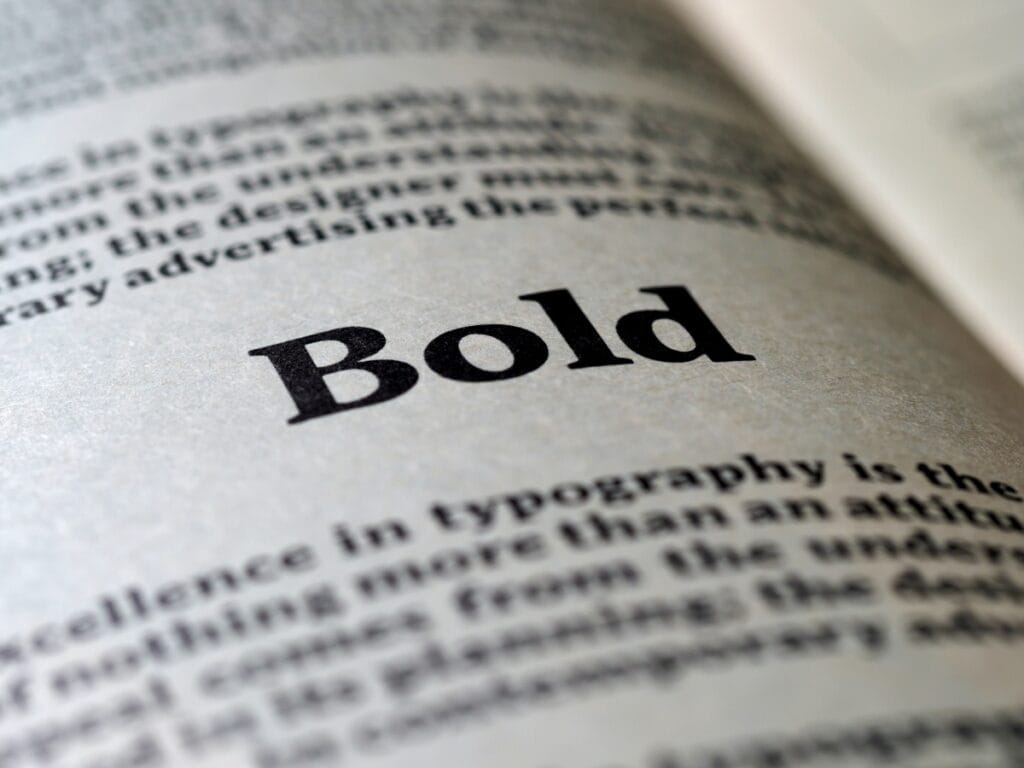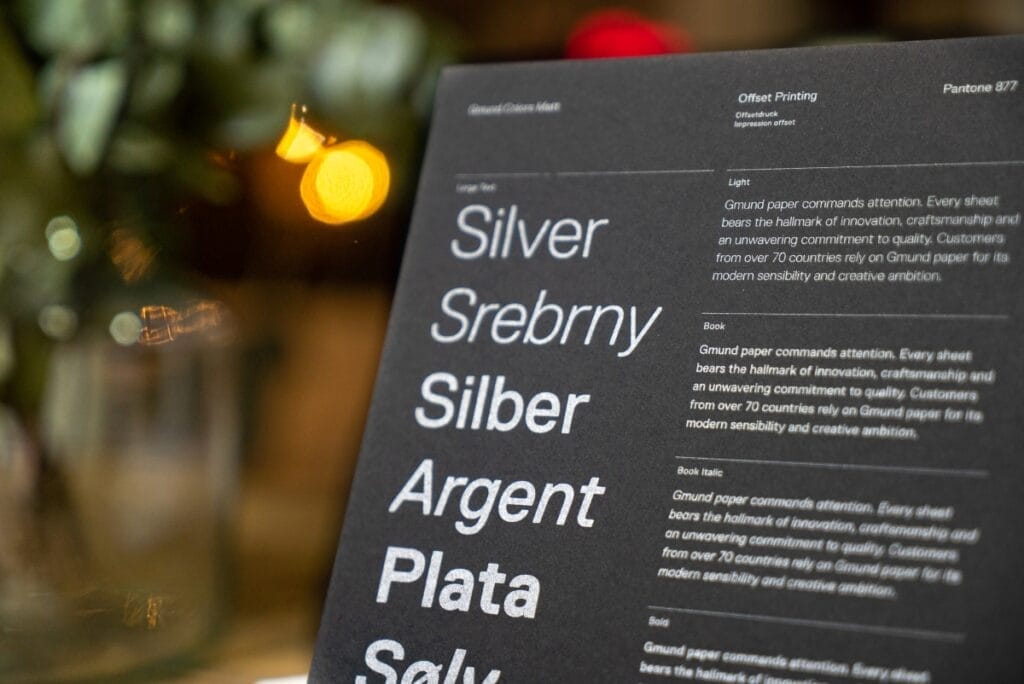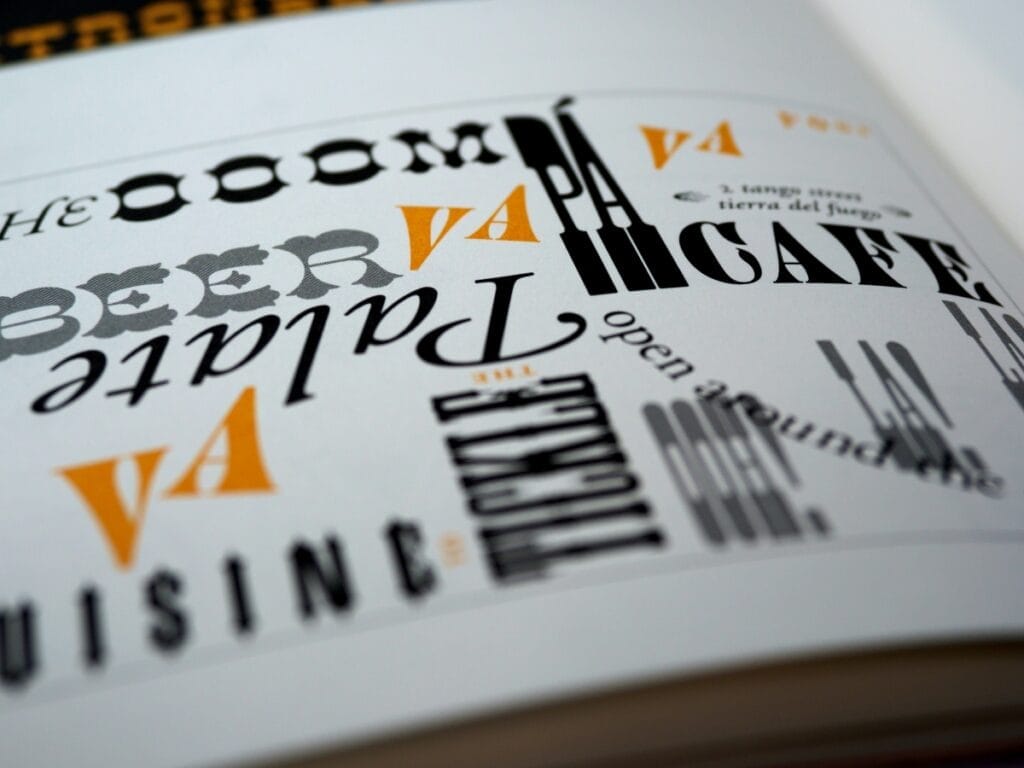Font Pairings for Websites: Mixing and Matching Like a Pro
This post may contain affiliate links, which means I may receive a commission, at no extra cost to you, if you make a purchase through a link. Please see my full affiliate disclosure for further information.
When you’re designing your website, choosing the right fonts might seem like a small detail, but I believe typography can make or break your website. As a web designer who loves exploring typography—yep, I subscribe to YouTube channels all about typography—I’ve learned that the perfect font pairing can transform a good website into a great one.

Understanding Font Types for Web Design
Here are the main types of fonts you’ll see used on websites:
Serif Fonts: Classic and Trustworthy
Serif fonts have small lines at the ends of the strokes that make up the letters. They are often seen as traditional, sophisticated, and elegant. Serif fonts are commonly used for print materials, such as books and newspapers.
Some popular serif fonts include Playfair Display, Merriweather, and Noto Serif.
While traditionally used in print, modern serif fonts can work beautifully as headlines on websites when you want to convey elegance and authority.
Sans Serif Fonts: Modern and Clean
Sans serif fonts, on the other hand, do not have the small lines at the ends of the strokes. They are seen as modern, clean, and simple. Sans serif fonts are commonly used for digital materials, such as websites and apps.
Some popular sans serif fonts include Montserrat, Open Sans, and Roboto.
My Typography Journey: Finding the Perfect Pairing
When I first branded E. Houston Studio, I chose Alegreya for headings paired with Alegreya Sans for body text. Since they’re from the same Google Fonts family, they naturally complemented each other.
While I still really like Alegreya Sans, I’ve fallen out of love with Alegreya as my heading font because it felt a bit too decorative, especially when I was using all uppercase letters.
I am in the process of updating my brand now, and I’ve selected Marcellus for headings along with Lato for body text.
Marcellus has elegant serifs that feel both professional and approachable, while Lato is incredibly versatile and reads beautifully at any size. This combination better reflects my approach to web design—polished and timeless, but never stuffy.

How to Choose Website Font Combinations
When you’re choosing fonts for your website, there’s more to think about than whether the two fonts look good together. Each font has a job to do on your site.
The combination of fonts, known as font pairings, should be harmonious and create a hierarchy that guides your reader’s eye through the content. The right font pairing can enhance the readability of your content, convey the personality of your brand, and create a cohesive design that looks professional and polished.
Here’s what I think about when selecting fonts for my clients:
Start With Purpose, Not Prettiness
Think about what each font needs to do:
- Headlines need to grab attention and establish visual hierarchy
- Body text needs to be super easy to read, even on small screens
- Accent fonts add personality to specific elements
Consider Technical Requirements
Before falling in love with a font, check:
- Is it web-safe? Google Fonts are a reliable choice for core typography since they work across platforms
- Does it load quickly? Too many font weights can slow down your site
- Is it readable on mobile devices? Some decorative fonts that look amazing on desktop can be hard to read on phones
Popular Google Font Combinations for Websites
There’s no one-size-fits-all solution because that would be oh-so-boring, but here are some tried-and-true pairings I like to recommend:
For Professional Services
- Montserrat + Source Sans Pro: Clean and authoritative
- Playfair Display + Open Sans: Classic with modern sensibility
- Oswald + Lato: Strong headlines with readable body text
For Creative Businesses
- Libre Baskerville + Raleway: Artistic yet professional
- Lora + Quattrocento: Elegant and refined
- Your heading font + a script accent font for personality (more on this below!)

Adding Personality With Script Fonts
When choosing fonts for website headings and body text, I usually recommend sticking with Google Fonts. They’re free, they work well across different platforms, and you don’t have to worry about complicated licensing.
But for special touches that’ll make your website really shine, you can’t go wrong with a specialty script font.
My personal favorite script font sources are Jen Wagner Co. and Creative Market. In addition to standalone fonts of all types, both of these offer font pairs/font duos right out of the box (often script + serif/sans serif) so you’ll know that your fonts are perfectly matched!
Of course, Google Fonts does have some script options, but investing in a premium script font can really make your brand and website stand out.
Font Pairing Tools and Resources
Below you’ll find some additional places I like to turn when I need typography inspiration:
Free Resources
Google Fonts
The Google Fonts library is my go-to starting point for website fonts. You can preview fonts directly on the site, see how different weights look, and even test font combinations. Plus, once you choose your fonts, Google gives you the code you need to add them to your website.
Font Pairing Sites
- Fontpair.co shows you real examples of Google Fonts working together
- Typ.io lets you see how other designers are combining fonts
- Fontjoy generates unexpected but interesting font combinations
Typography Lessons
If you want to learn typography fundamentals, I recommend signing up for Better Web Type’s free email course.
Each day, you’ll get bite-sized lessons about typography delivered to your inbox. It’s perfect if you’re building your first website and want to understand why certain fonts work better than others.
Premium Resources
I’m excited to highlight some amazing tools created by women designers right here in Nashville. Nashville isn’t just a country music hub—we have an incredible community of designers creating resources that make typography more approachable for everyone.
Font Pairing Kit
The Color Palette Studio’s Font Pairing Kit makes choosing fonts fun! You’ll start by selecting your design style and then explore curated font combinations that work for your brand.
What I love most is how practical it is—you can see which fonts are free in Canva, test different font weights and spacing, and create style guides to keep your typography consistent.
Sam (the creator) understands that good typography isn’t just about picking pretty fonts—it’s about creating a system that works for your brand. The included font style guides help you set rules for how to use your fonts across your website and marketing materials.
As a special treat, I’m able to offer a 10% discount on your purchase with code LIZCOLOR when you purchase any of The Color Palette Studio’s font, color, or branding resources.
Custom Script Fonts
Jen Wagner Co. creates beautiful script fonts perfect for adding personality to specific elements on your site. I love using fonts like Adelaide and Avanti when I want to make certain text feel special without overwhelming the design. Each font includes alternate characters that make your text look uniquely handwritten.
Common Font Pairing Mistakes to Avoid
Trying to Use Too Many Fonts
Stick to 2-3 fonts maximum. I tend to use:
- One font for headlines
- One for body text
- Optionally, one accent font for special elements
Poor Contrast Between Fonts
Your fonts should be different enough to create hierarchy but similar enough to feel cohesive. This is why font superfamilies (like my original Alegreya pairing) are a safe choice for beginners.
Another guideline I at least start with is pairing a sans serif body font with a serif heading font. There’s always wiggle room on this guideline, though!
Ignoring Mobile Readability
Always test your font choices on different devices. What looks elegant on desktop might be unreadable on mobile.

Want to Learn More About Choosing Fonts for Your Website?
The Type & Style Typography Playbook makes font selection straightforward and shows you exactly how to pair fonts that look professional together. It’s also referred to as “The Designer’s Typography Playbook,” but I personally find that this is great for DIY designers like you who are creating your own brand and website who want to understand typography better. With this affordable guide, you’ll learn how to:
- Choose fonts that reflect your brand
- Create professional font combinations
- Find quality fonts for your projects








